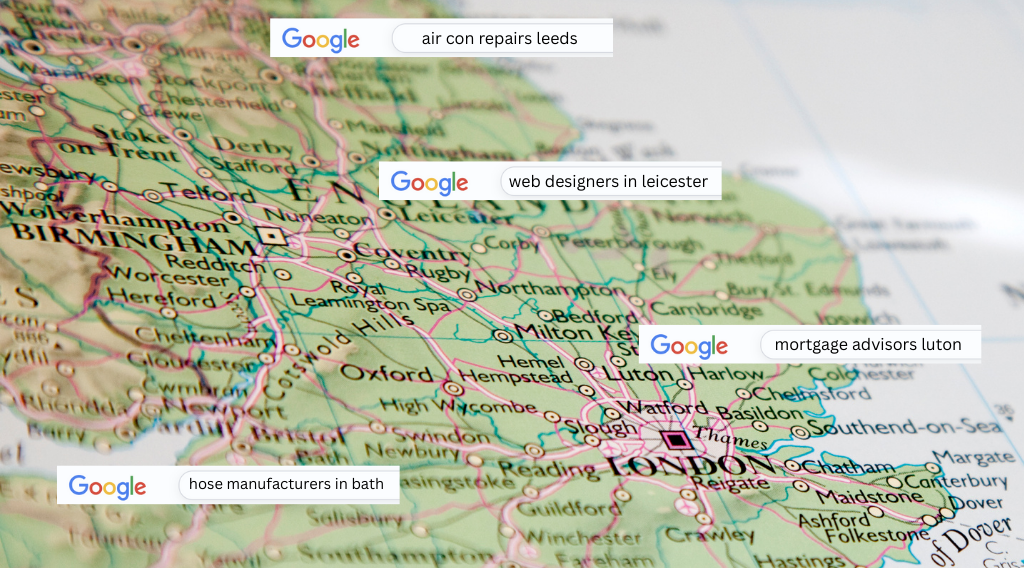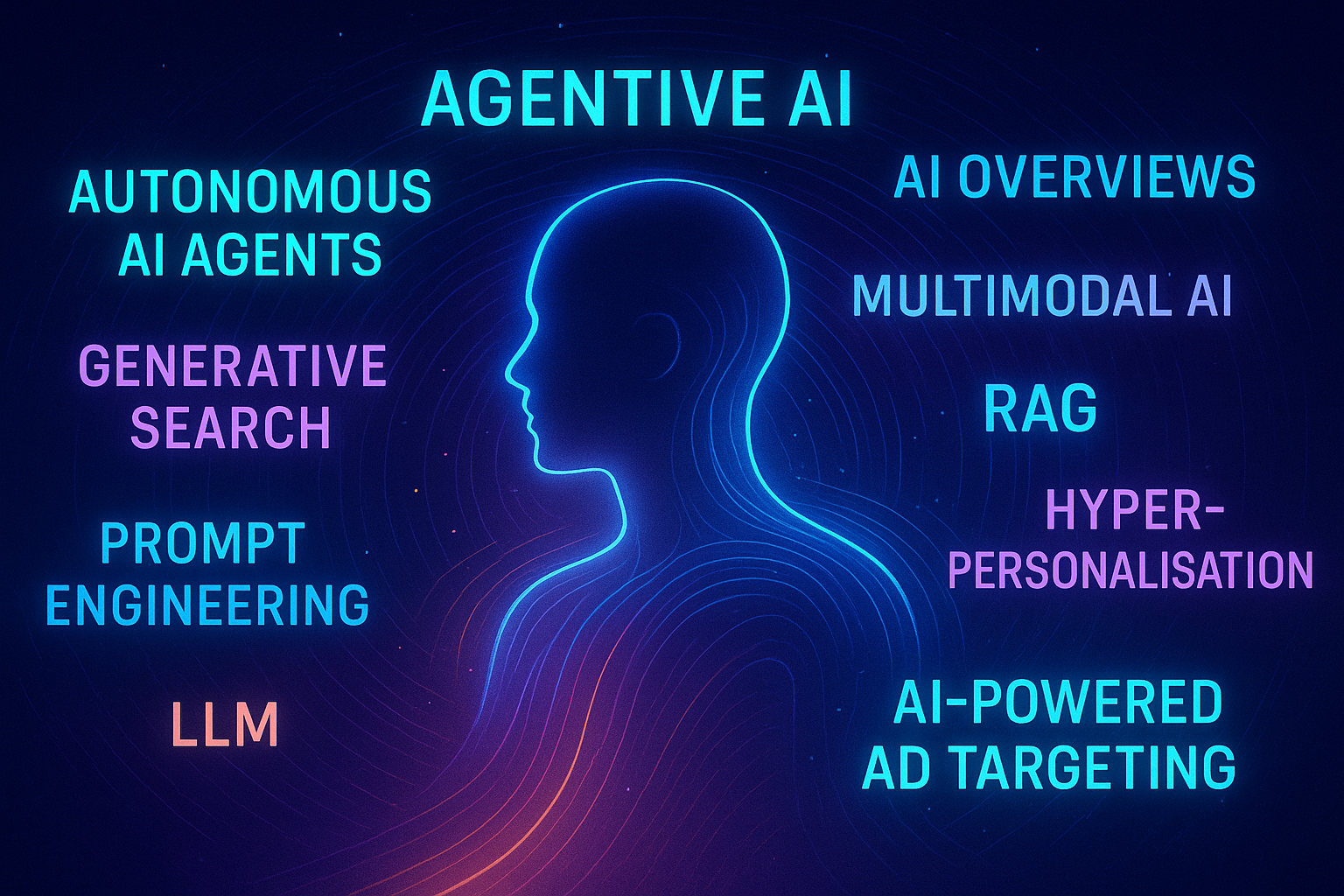From Inbox to Sale: Unleashing the Power of Email Marketing
From Inbox to Sale: Unleashing the Power of Email Marketing
In the ever-evolving digital landscape, email marketing remains a powerful tool for businesses to connect with their audience and drive conversions. With an estimated 4 billion email users worldwide, it's safe to say that email is still one of the most effective channels for engaging potential customers. But with the abundance of emails flooding inboxes every day, it's essential to craft compelling, standout messages that grab attention and convert.
In this article, we delve into the power of email marketing and uncover strategies to maximise its potential. Whether you're a seasoned email marketer or just starting out, we'll explore proven techniques to optimise your campaigns and take your inbox-to-sale conversion rates to new heights.
From crafting irresistible subject lines that compel recipients to open your emails, to creating persuasive content that drives action, we'll cover it all. Additionally, we'll explore the importance of segmenting your email lists to deliver personalised messages that resonate with different customer segments.
Get ready to transform your email marketing efforts from merely filling up inboxes to generating tangible results. Buckle up, because we're about to unleash the power of email marketing!
The importance of email marketing
Email marketing has stood the test of time and proven to be a vital component of any successful marketing strategy. It provides businesses with a direct line of communication to their target audience, allowing them to deliver personalised, relevant messages that resonate with recipients. Unlike social media or search engine algorithms, which can change and impact visibility, email marketing puts businesses in control of their message and ensures it reaches the intended audience.
Furthermore, email marketing allows businesses to nurture relationships with their customers over time. By delivering valuable content and offers directly to their inboxes, businesses can build trust and establish themselves as industry experts. This ongoing engagement helps create a loyal customer base that is more likely to convert and become repeat customers.
Benefits of email marketing
The benefits of email marketing are numerous and far-reaching. First and foremost, email marketing is a cost-effective strategy that provides an impressive return on investment (ROI). According to a study by the DMA, email marketing has an average ROI of $42 for every $1 spent. This makes it one of the most profitable marketing channels available.
In addition to its cost-effectiveness, email marketing offers unparalleled reach. With billions of email users worldwide, businesses have the opportunity to connect with a vast audience and drive traffic to their website or online store. Unlike social media platforms, which limit the organic reach of posts, email marketing allows businesses to reach their entire subscriber base with every message sent.
Another significant benefit of email marketing is its measurability. Through email marketing software and analytics, businesses can track open rates, click-through rates, conversion rates, and other key metrics. This data provides valuable insights into the performance of each campaign, allowing businesses to optimise their strategies and drive better results over time.

Email marketing statistics
To truly understand the power of email marketing, let's take a look at some compelling statistics that highlight its effectiveness:
1. According to Statista, the number of global email users is expected to reach 4.48 billion by 2024, making it a channel with unparalleled reach.
2. A study by McKinsey & Company found that email marketing is 40 times more effective at acquiring new customers than Facebook or Twitter.
3. Campaign Monitor reports that for every $1 spent on email marketing, the average return on investment is $44.25.
4. According to HubSpot, personalised email subject lines can increase open rates by 50%.
5. Experian found that personalised promotional emails had 29% higher unique open rates and 41% higher click-through rates compared to non-personalised emails.
These statistics clearly demonstrate the immense potential of email marketing as a tool for driving engagement and conversions.

Conclusion
Email marketing remains a powerful tool for businesses to connect with their audience and drive conversions. By crafting compelling, standout messages and delivering them to engaged recipients, businesses can transform their email marketing efforts from merely filling up inboxes to generating tangible results.
In this article, we explored the importance of email marketing, the benefits it offers, and strategies to maximise its potential. We discussed the significance of building a quality email list and creating effective email campaigns that resonate with recipients. Additionally, we explored the power of automation, personalisation, and segmentation in driving engagement and conversions.
Remember, email marketing is an ongoing process of testing, optimising, and refining. By staying up to date with industry trends, following best practices, and leveraging the right tools, you can unleash the power of email marketing and achieve remarkable results for your business. So, buckle up and get ready to take your inbox-to-sale conversion rates to new heights!















